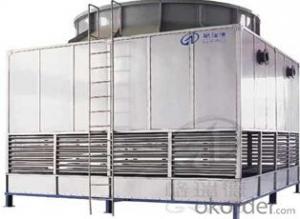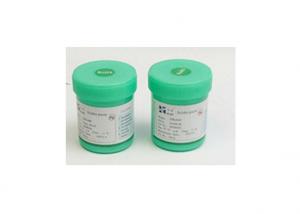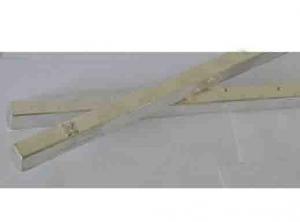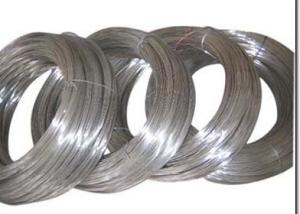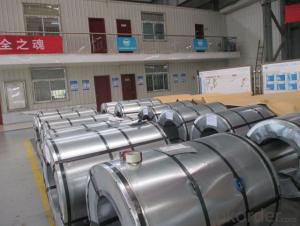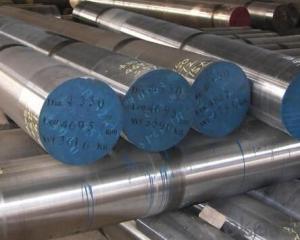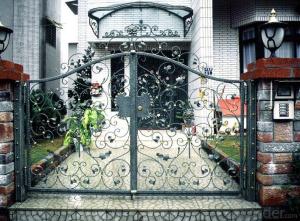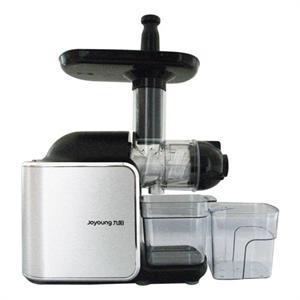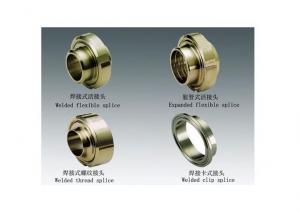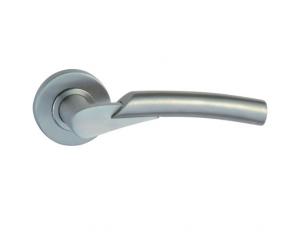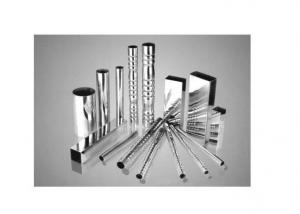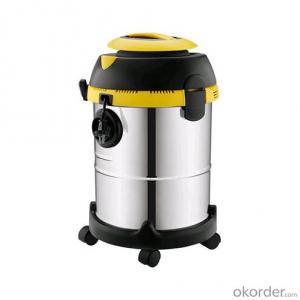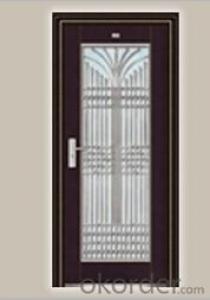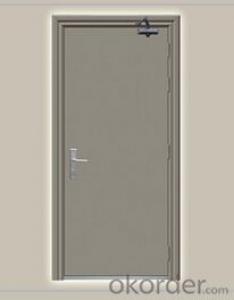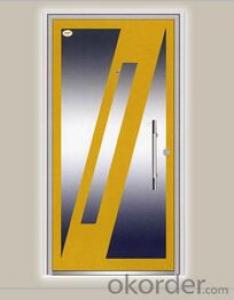Solder Stainless Steel
Solder Stainless Steel Related Searches
Stainless Steel Solder Solder To Stainless Steel Solder For Stainless Steel Stainless Steel Welder Blender Stainless Steel Stainless Steel Stainless Weld Stainless Steel Stainless Steel Silver Metal Stainless Steel Welded Stainless Steel Stainless Steel Molding Powder Coat Stainless Steel Sealant Stainless Steel Powder Coating Stainless Steel Stainless Steel Blender Stainless Steel Heater Stainless Steel Metals Stainless Steel Welders Stainless Steel Platter Stainless Steel Smoker Smoke Stainless Steel Stainless Steel Weld Material Stainless Steel Stainless Steel Roller Stainless Steel Door Stainless Steel Powder Colored Stainless Steel Stainless Steel Iron Vinegar Stainless Steel Stainless Steel SanderSolder Stainless Steel Supplier & Manufacturer from China
Solder Stainless Steel is a specialized alloy designed for joining stainless steel materials, offering a strong and durable bond that is resistant to corrosion and high temperatures. This product is formulated to provide excellent wetting properties and flow, ensuring a secure connection between the stainless steel components. The unique composition of Solder Stainless Steel makes it an ideal choice for various industries, including automotive, aerospace, and food processing, where high-quality and reliable connections are crucial.Solder Stainless Steel is widely used in applications where stainless steel components need to be joined together, such as in the fabrication of pipes, tanks, and heat exchangers. Its ability to withstand harsh environments and maintain a strong bond makes it a popular choice for use in both industrial and commercial settings. Whether it's for repairing or constructing new equipment, Solder Stainless Steel provides a reliable solution that ensures the longevity and performance of the joined components.
Okorder.com is a leading wholesale supplier of Solder Stainless Steel, boasting a large inventory that caters to the diverse needs of customers across different industries. With a commitment to quality and customer satisfaction, Okorder.com ensures that the Solder Stainless Steel products they offer meet the highest standards of performance and reliability. By partnering with Okorder.com, customers can access a wide range of Solder Stainless Steel products, all available at competitive prices and with the assurance of prompt delivery.












